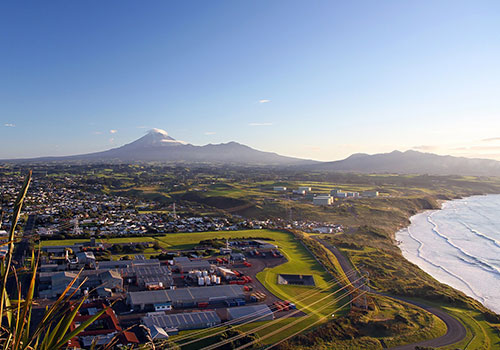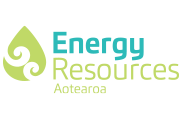According to all reports and testing to date, Landfarming is a safe and sustainable way of disposing
of drilling cuttings, and of enriching less productive, marginal farming land.
Landfarming as a practice is controlled under the RMA, as administered by local councils.
In Taranaki, there are specific resource consent conditions to minimise negative environmental
impacts.
- All waste must be stored onsite in lined pits to reduce risk of rain-effected run off
- Groundwater monitoring must take place
Oil and Gas drilling waste slurry does include deposits of minerals that in concentrated form can be
toxic to the environment, animals and people.
However, according to research the presence of these minerals is so low there is no evidence that
landfarming adversely effects levels of toxicity in pasture.
If landfarming does take place, the Ministry of Primary Industries advises that the land is not
stocked and crops not harvested until the concentration of hydrocarbons in the soil are at or below
the values specified.
Landcare Research analysis has determined that, once these values have been reached, no risk to food
safety or animal welfare exists as a result of spreading rocks and minerals on the land, and the
land can be used for any purpose, including for stock or crops to produce meat, milk, fruit or
vegetables.
Additionally, ‘landfarming is a valid and environmentally acceptable means of waste treatment with
appropriate controls. There is no reason why such landfarming should not continue, subject to
controls being imposed by means of consent conditions appropriate to each site and the waste being
handled.’






